Day 8 - The Chūgoku 33 Temple Kannon Pilgrimage, Japan - Jodoji Temple and Bengai Temple Saikokuji in Onomichi
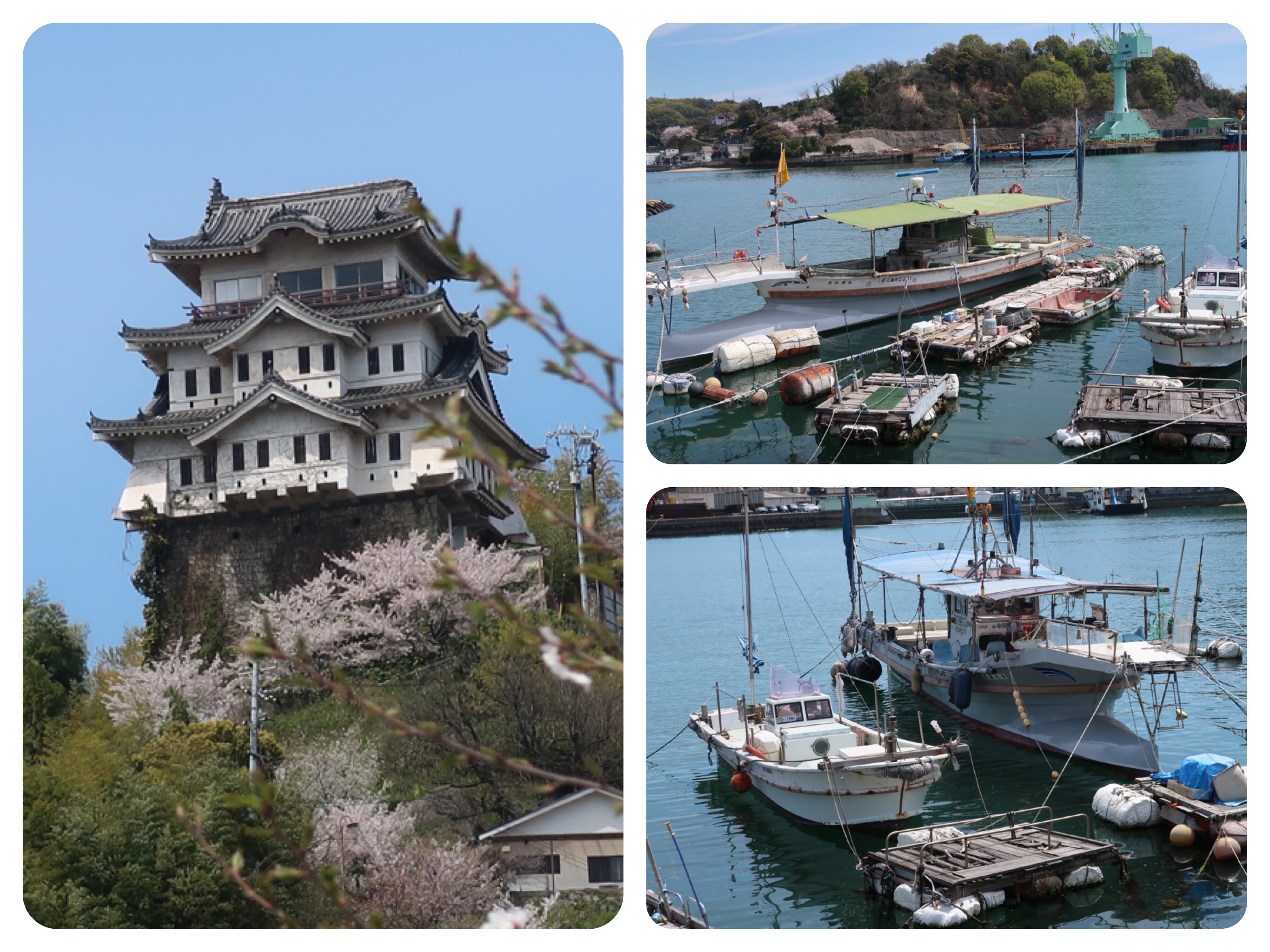
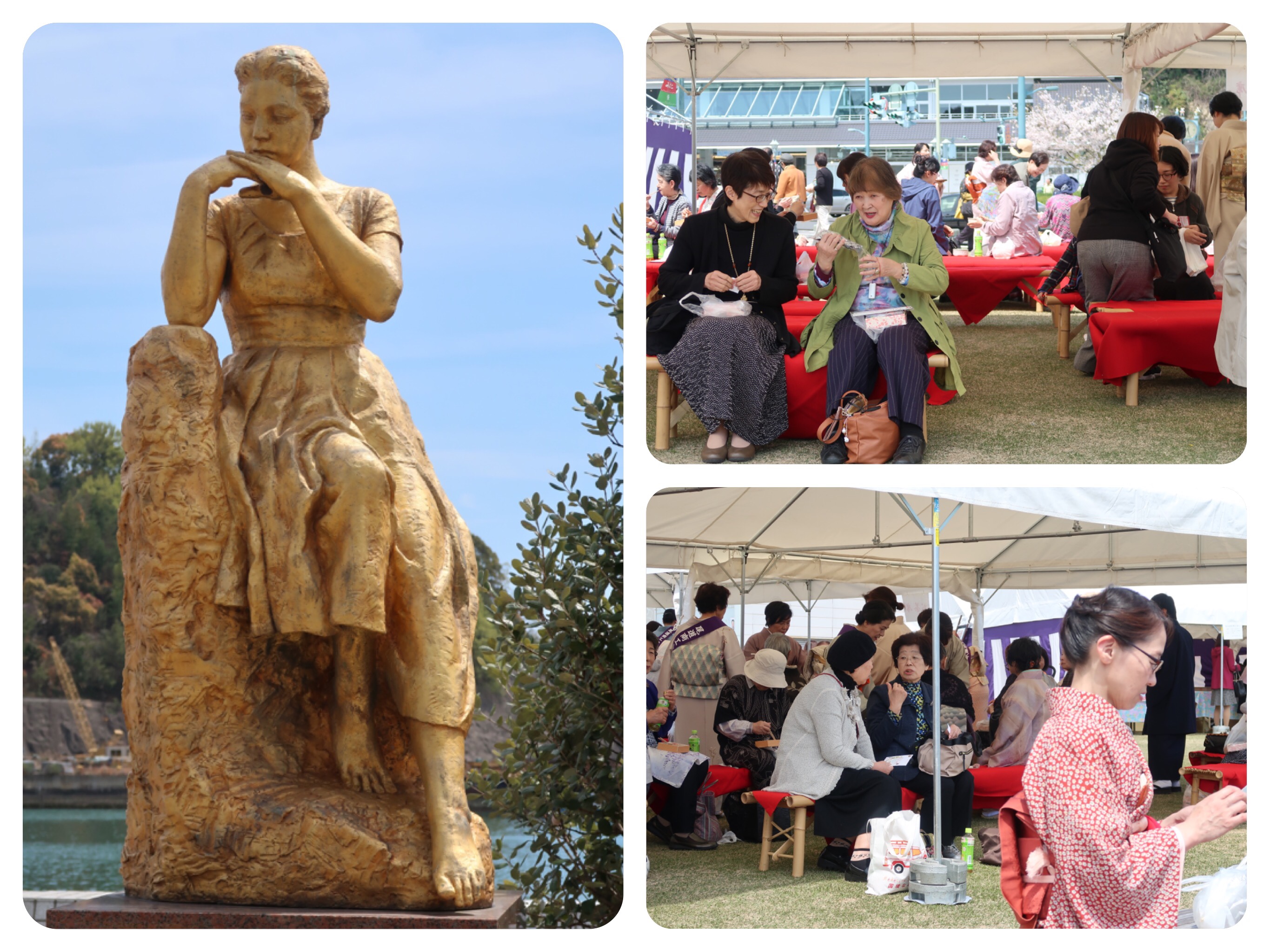


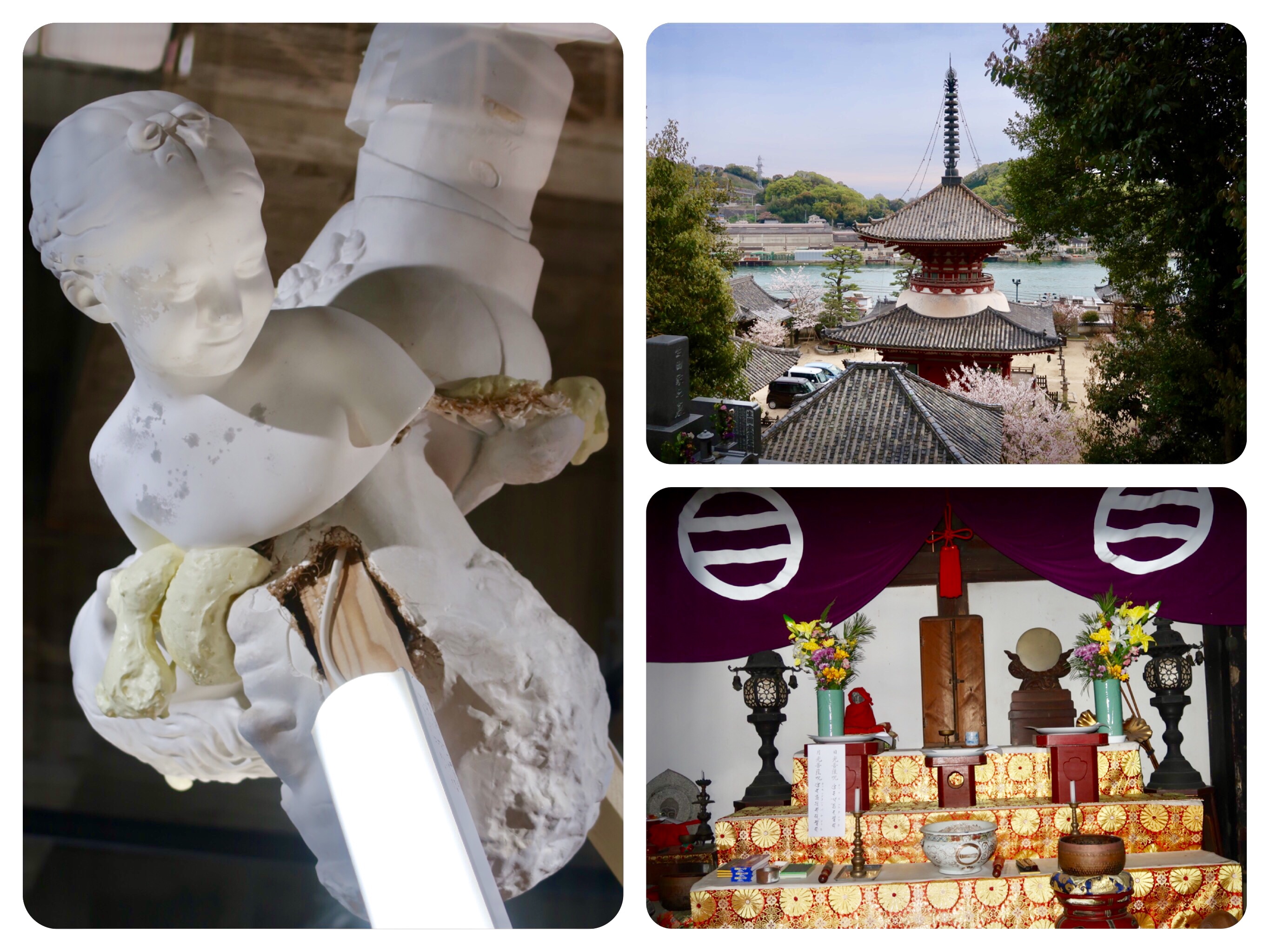
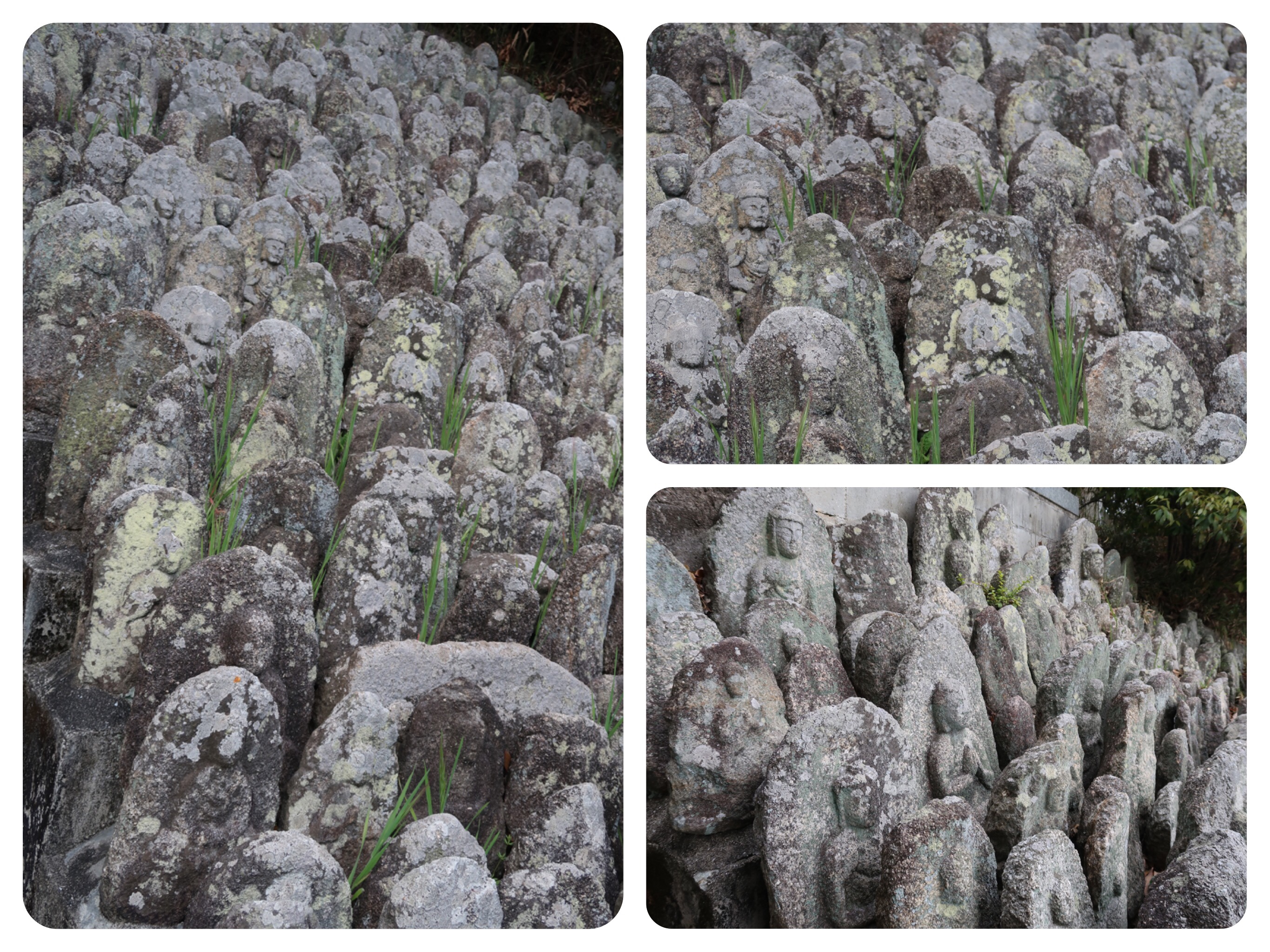








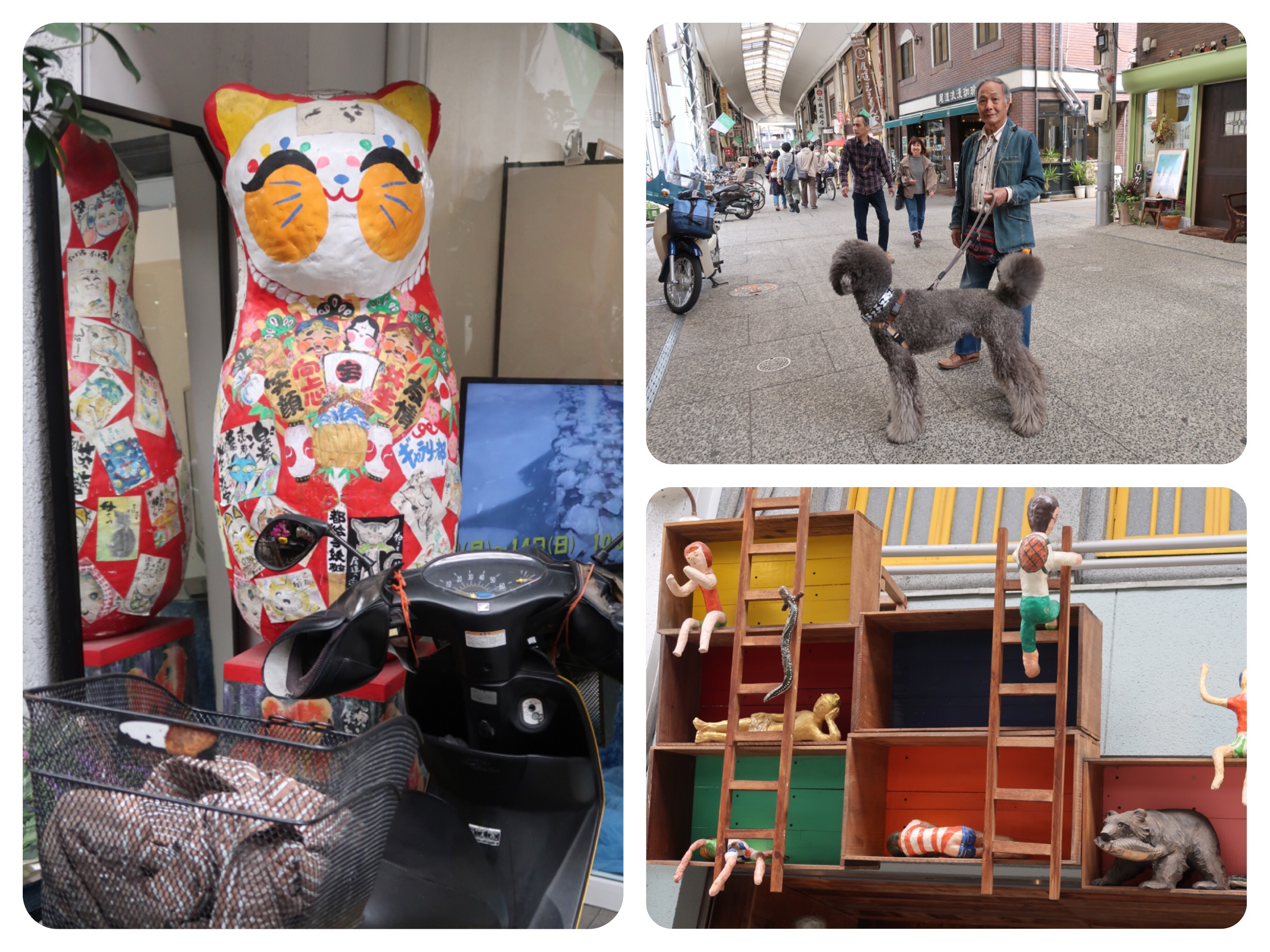
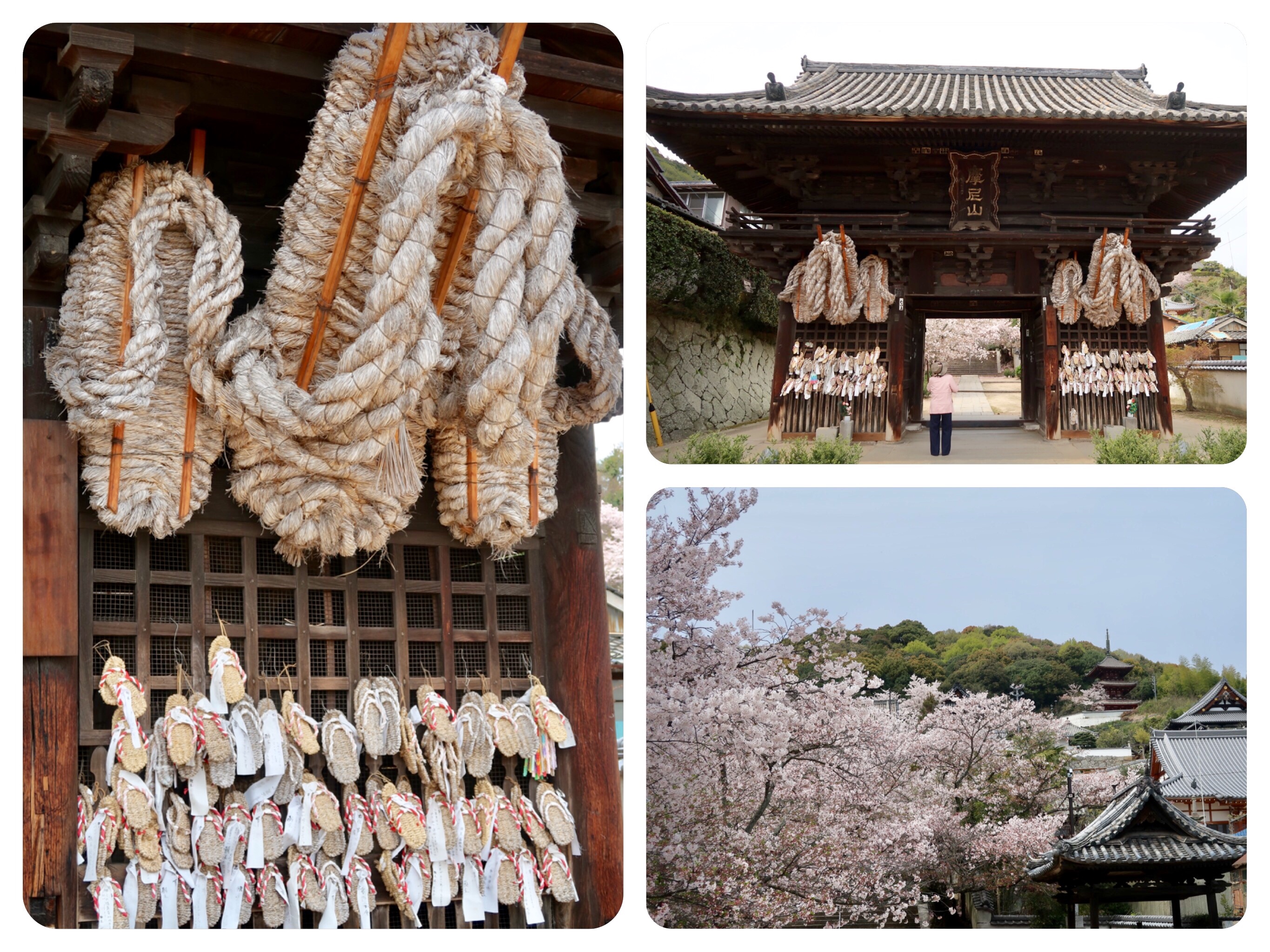

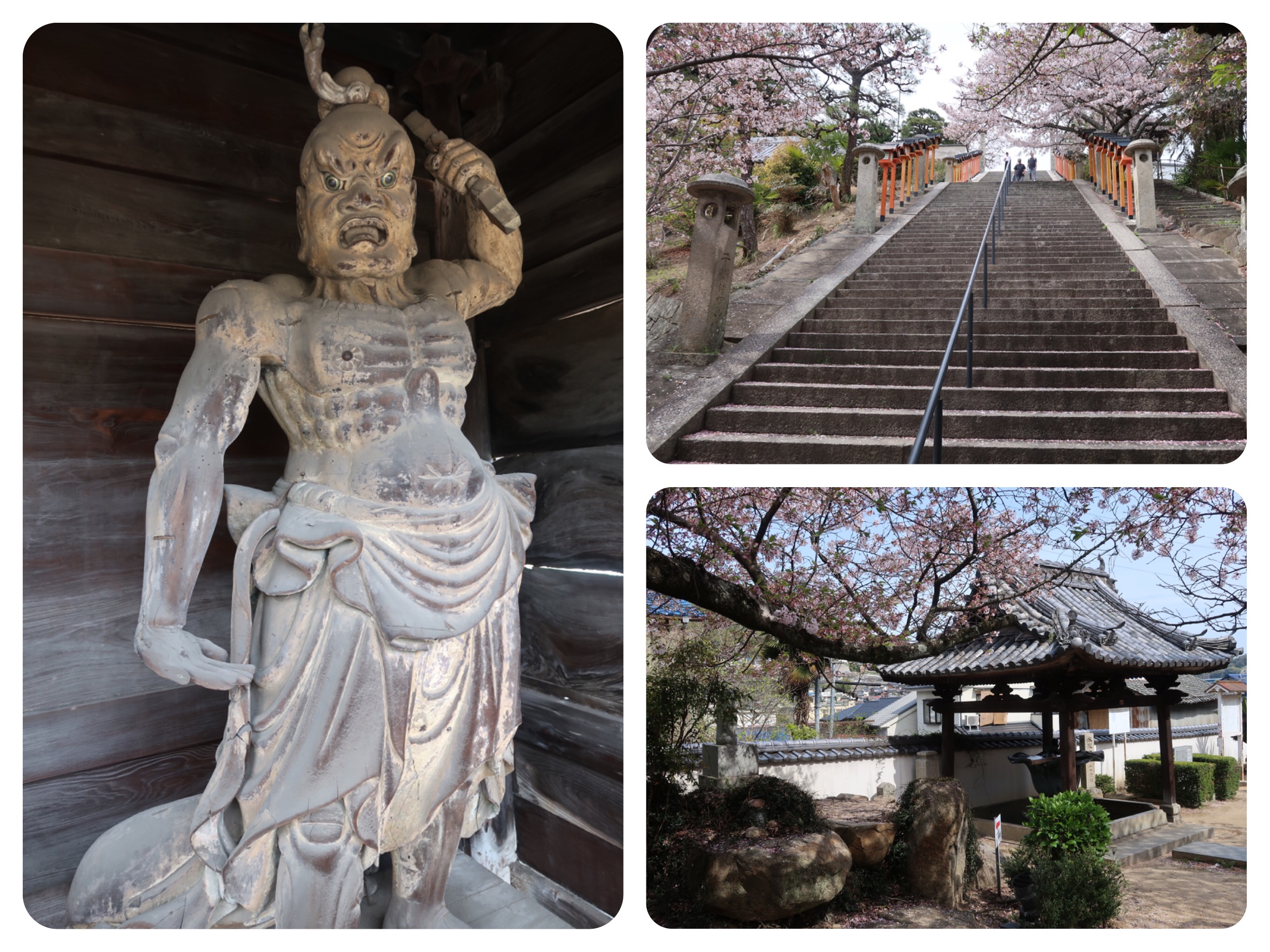
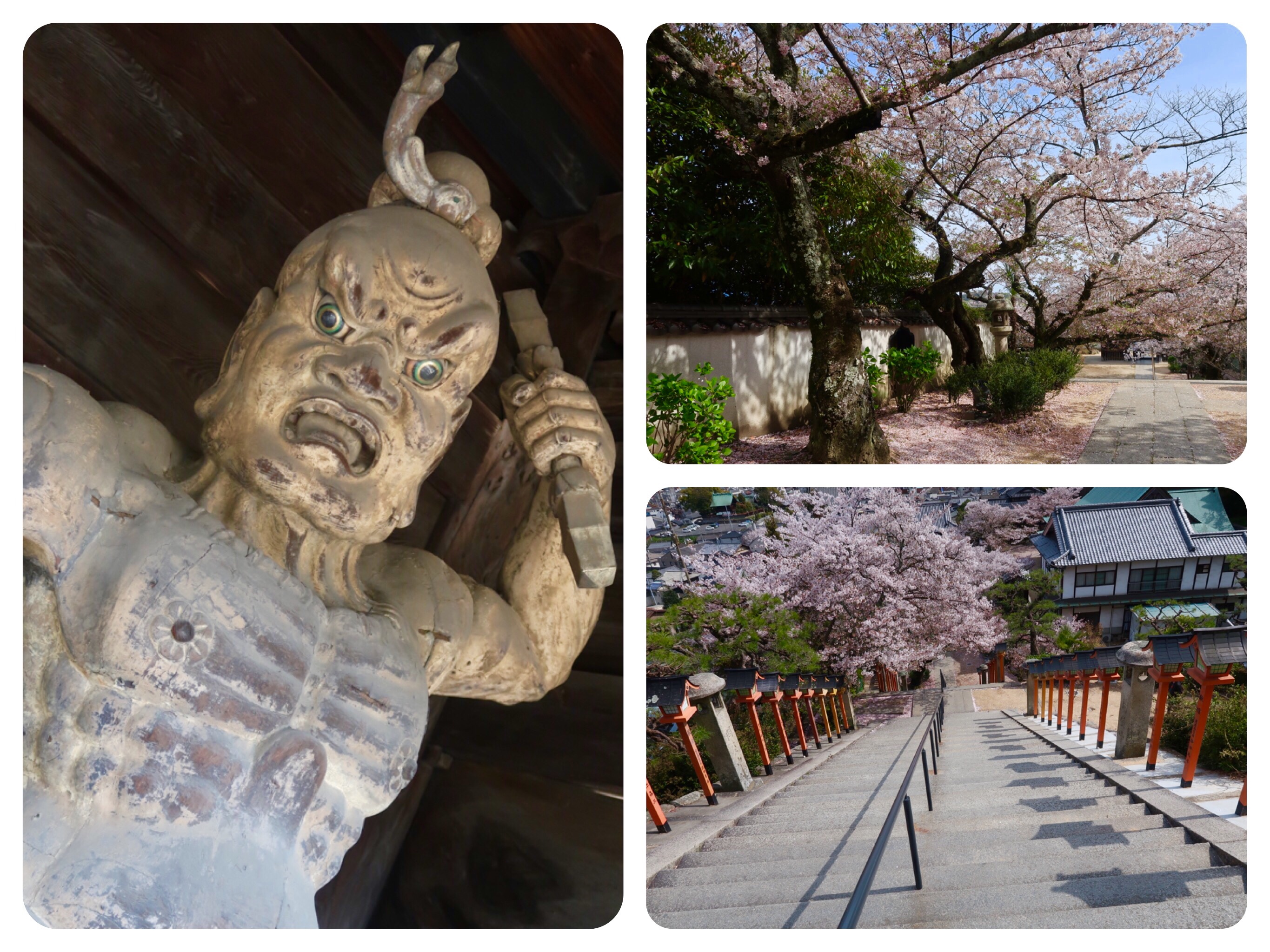








Day 8 - The Chūgoku 33 Temple Kannon Pilgrimage, Japan - Jodoji Temple and Bengai Temple Saikokuji in Onomichi
The road to Onomichi passes by many farm houses, so it was a beautiful and quiet walk.
When we arrived at the bustling little town of Onomichi on Saturday morning, we put our backpacks in the coin lockers at the train station, and walked around the town center.
At the waterfront, we saw a large outdoor tea ceremony, with tents selling bento boxes of food, and workshops teaching people about the Matcha tea ceremony.
It was an opportunity for local women to dress up in their beautiful spring kimonos, and enjoy the company of their friends and the mild, sunny spring day.
Onomichi is a lovely old town.
In the old days, Onomichi was a prosperous town with 85 temples and shrines.
Nowadays there are 25 temples and shrines, all of them worth visiting if you have the time.
Each has beautiful gardens and unique ancient architecture.
There are two main streets in town, one running along the waterfront, while the other is a very long covered street with many specialty shops, restaurants, ice cream shops and cafes.
The area is well known as a cycling destination, in which people cycle from island to island in the Inland Seto Sea, enjoying the cool breezes, the food and the accommodations. There is a substantial infrastructure here in Onimichi to support visiting cyclists, including many bicycle repair shops, tour companies, and hotels specializing in accommodating cyclists.
There are also many international tourists visiting the town.
We saw a huge line of people waiting in line to buy handmade fruit ice cream in the shape of flowers.
We had no time to stand in line.
Onomichi has three temples on our pilgrimage.
We will be staying here for two nights, in order to visit all three temples and walk a little ahead on our path.
Before climbing up into the hills that surround the port, we stopped for a snack at a small cafe.
Strawberries are in season now, and the cafe offered a delicious strawberry themed set menu.
From there, we walked up to Saikokuji temple.
Founded in the year 739 by the priest Gyoki, Saikokuji burned down multiple times and was rebuilt each time in the same scale and style of architecture.
It is now a state run temple, and it is truly beautiful.
Steep stone stairs lined with lanterns led to the main hall, and more steps led to the wooden pagoda on top of the mountain.
The main gate features very large straw sandals, hanging on both sides.
Pilgrims in the old days used to wear straw sandals, which they hung in the temple’s gate when they finally arrived.
Following the tradition, we said a prayer for strong legs under the straw sandals.
We asked for support from our Higher Self, to help us climb all the mountains, and walk the upcoming paths with power.
The wooden Nio guardians at the gate were well preserved and very beautiful.
The priest and his wife who stamped our scroll and book, were very complimentary about the Kannon painting that I did in the middle of our scroll.
Jules told them that I did it, and they commented that the painting and even the scroll, were unique and beautiful.
They asked if I had also made the paper and the scroll.
I said that I had bought the blank scroll from China, and only painted the Kannon in the middle.
I also apologized for making the squares for the stamps and calligraphy so small.
Saikokuji temple is a special Bengai temple, not one of the 33 Kannon temples.
In this pilgrimage, there are 33 official Kannon temples, and 4 Kannon temples known as Bengai, or sacred extra holy temples.
Saikokuji has a few halls and many treasured old sculptures.
It is located on the lower slopes of Atago-San mountain.
There are 108 stone steps leading to the main hall Hondo.
we stopped to look at the carved stone masks with large black noses, enshrined in a small hall along the steps.
From there, we walked down into town and then east, to Jodoji temple.
It is believed that the founder of Onomichi's Jodoji Temple was Prince Shotoku, who lived more than 1400 years ago and was a great supporter of Buddhism, which had just arrived in Japan in the year 600 AD.
The prince also was a great admirer of Confucian philosophy, and tried to govern by combining both Buddhist and Confucian principles in his politics.
Jodoji Temple is said to be a treasure house of important Cultural Properties.
Its red painted main hall and red two-storied pagoda each have a unique design.
After performing our prayers and chanting the Heart Sutra, we walked back to the train station, retrieved our backpacks, and went to our hotel, Senkoji Sanso.
Senkoji Sanso is located right next to the third temple in Onomichi that is part of our pilgrimage, Senkoji temple.
But it was getting colder and we had no more time left to visit it today.
We plan to visit tomorrow, and even though we will be returning to Senkoji Sanso, we also plan to walk towards the town of Mihara, to shorten the walk to our next destination.
We took a soak in the public baths in the hotel, and enjoyed dinner served in our Tatami mat room.
For dessert, we had a tiny bit of Cotton candy that we had bought while walking in town.
The shop specializes in making cotton candy topped with freeze dried vegetables or fruit.
I bought a tiny package of purple sweet potato cotton candy, just to try it.
It was delicious, and vanished in my mouth in an instant.
Wishing you a blessed and peaceful day/night,
Tali
Daily Stats:
Steps: 22,821 steps
Distance Walked: 17 Kilometers
Active Walking: 4.5 hours
Total Time: 8 hours including sightseeing in Onomichi
Total distance walked on the pilgrimage so far: 160 Kilometers
Temples Visited: Temple #9, Jodoji Temple, and Bengai Temple Saikokuji in Onomichi
Accommodation: Senkoji Sanso, right next to Senkoji temple.
They offer spacious Japanese style rooms, a small hot spring bath, and a simple but fresh Kaiseki dinner served in your room and breakfast.
